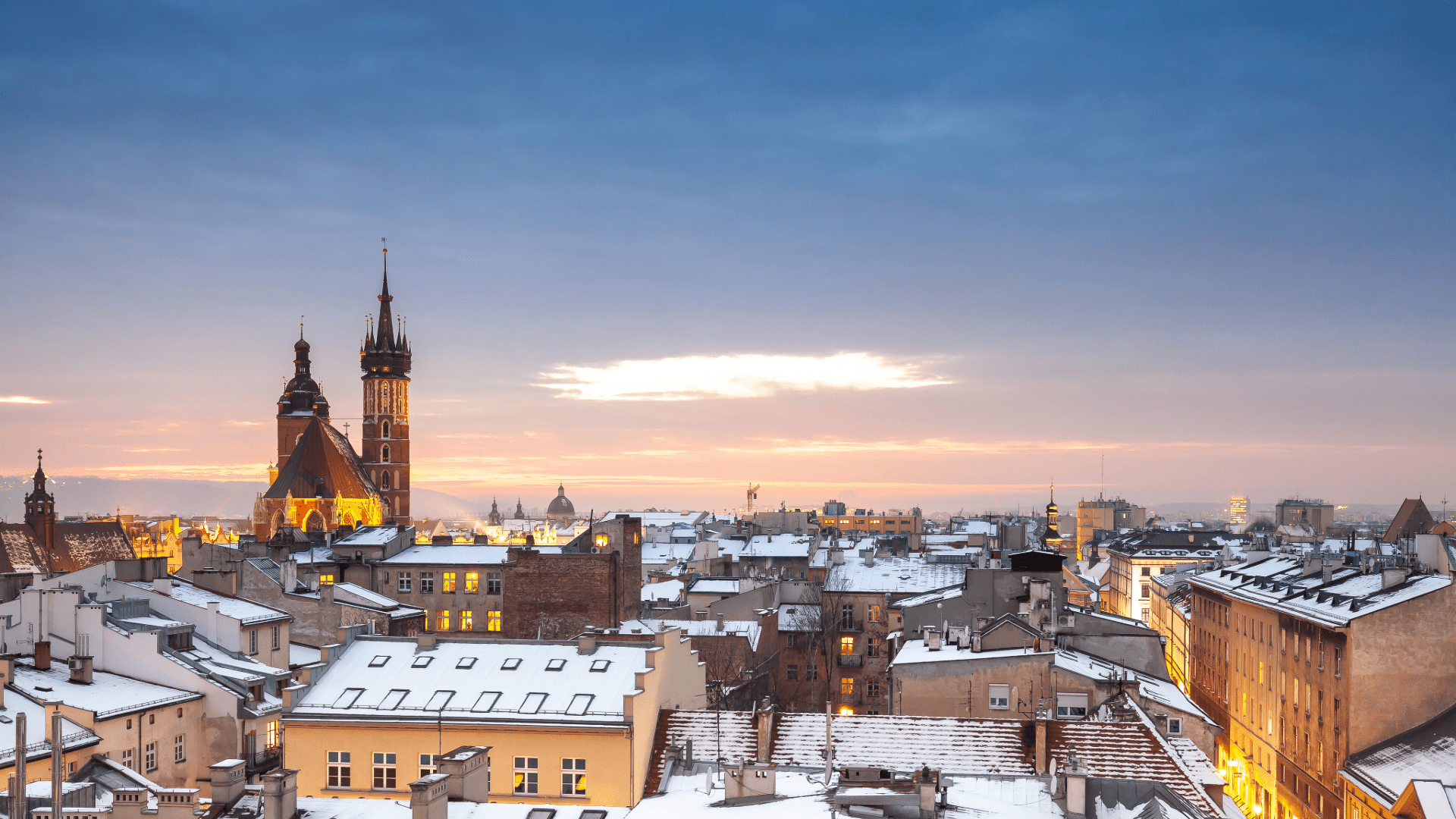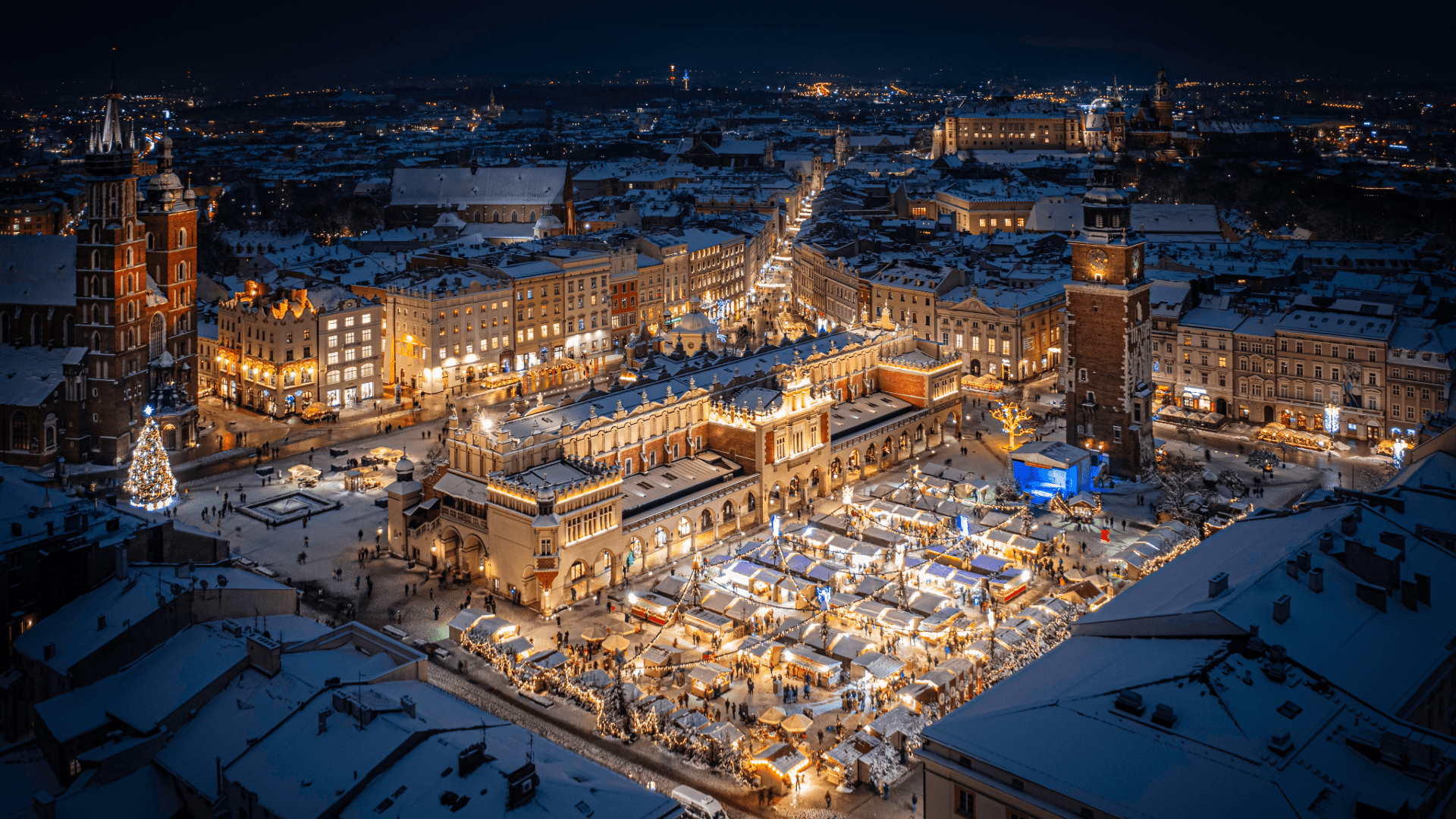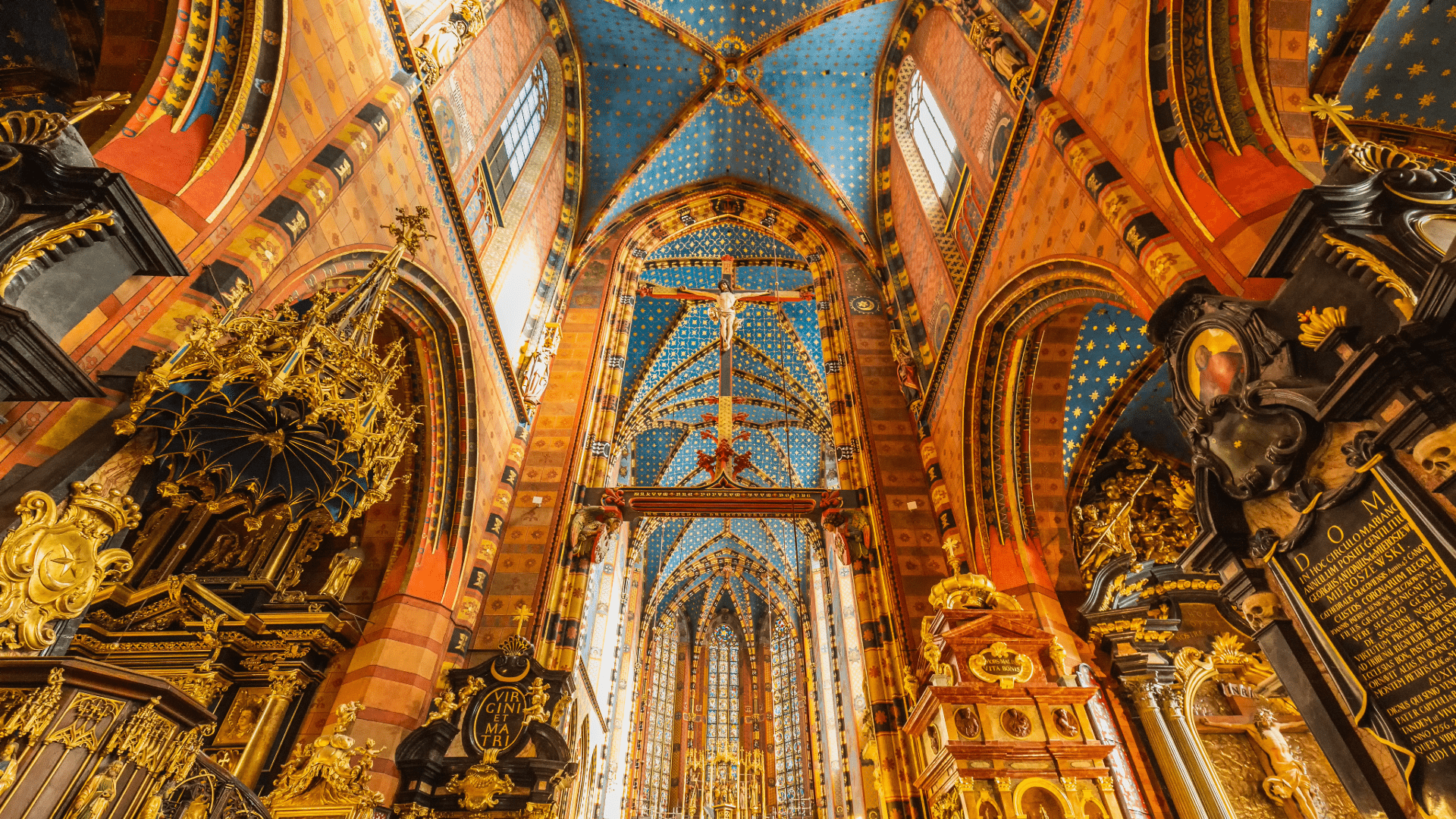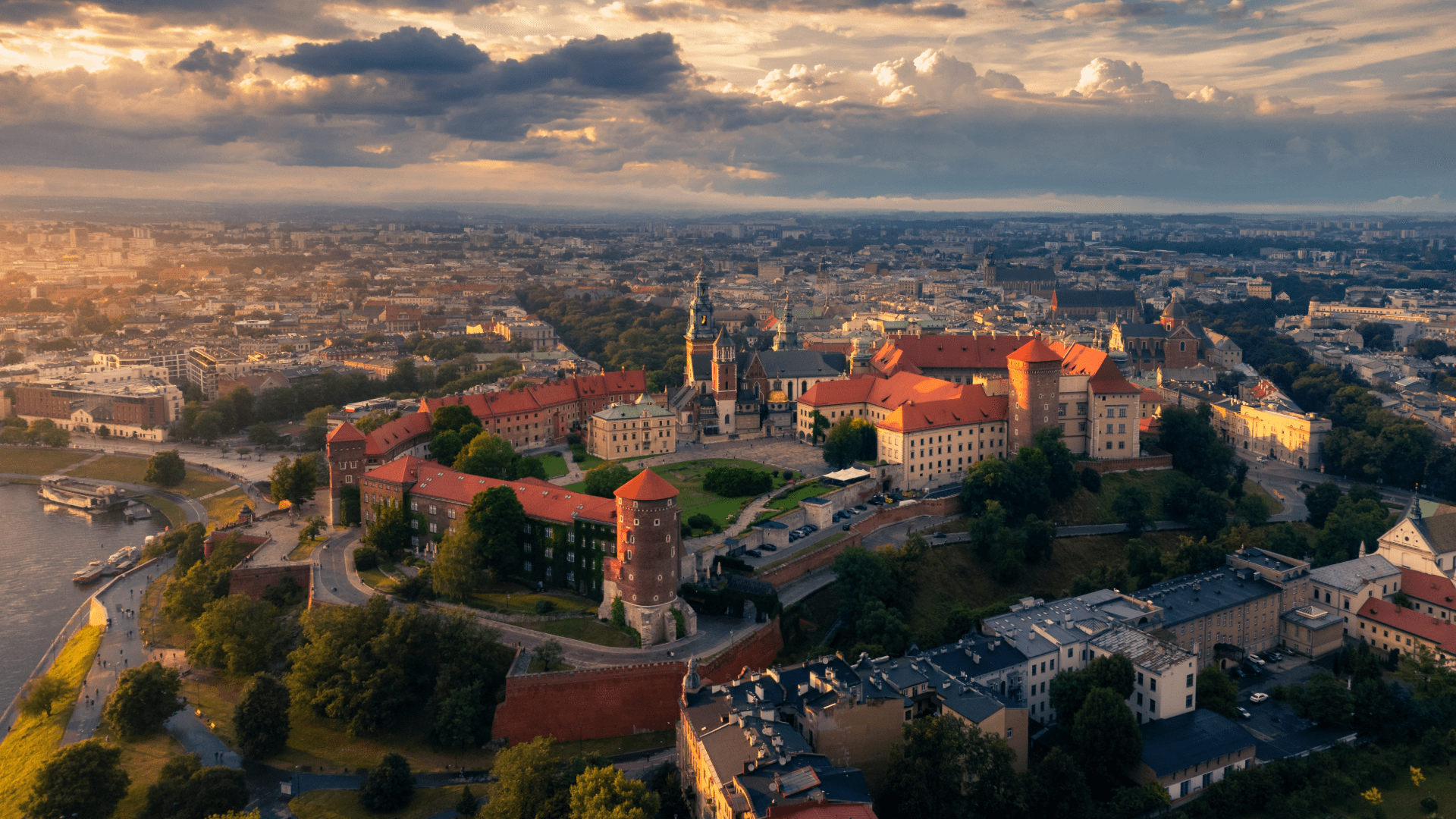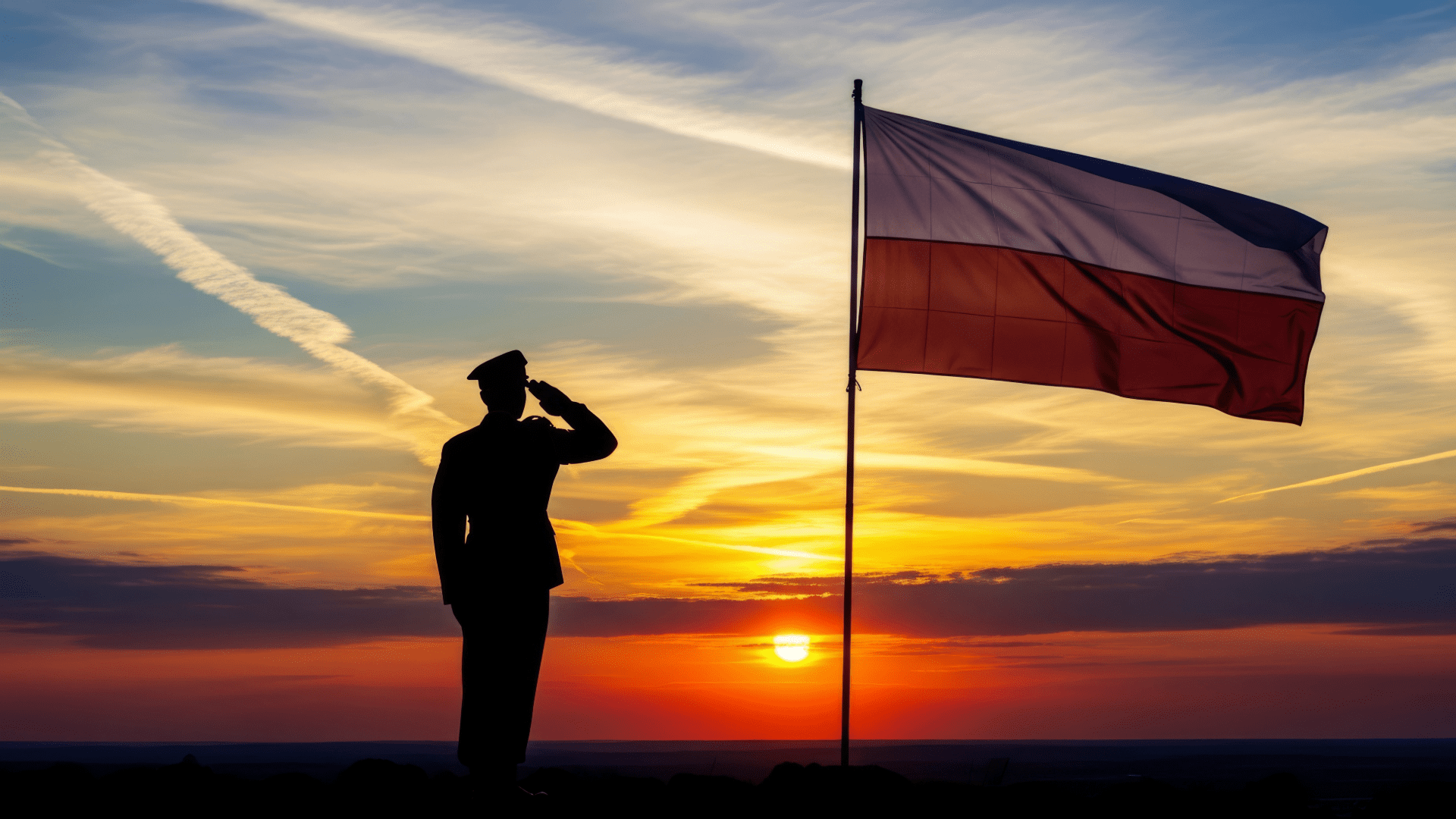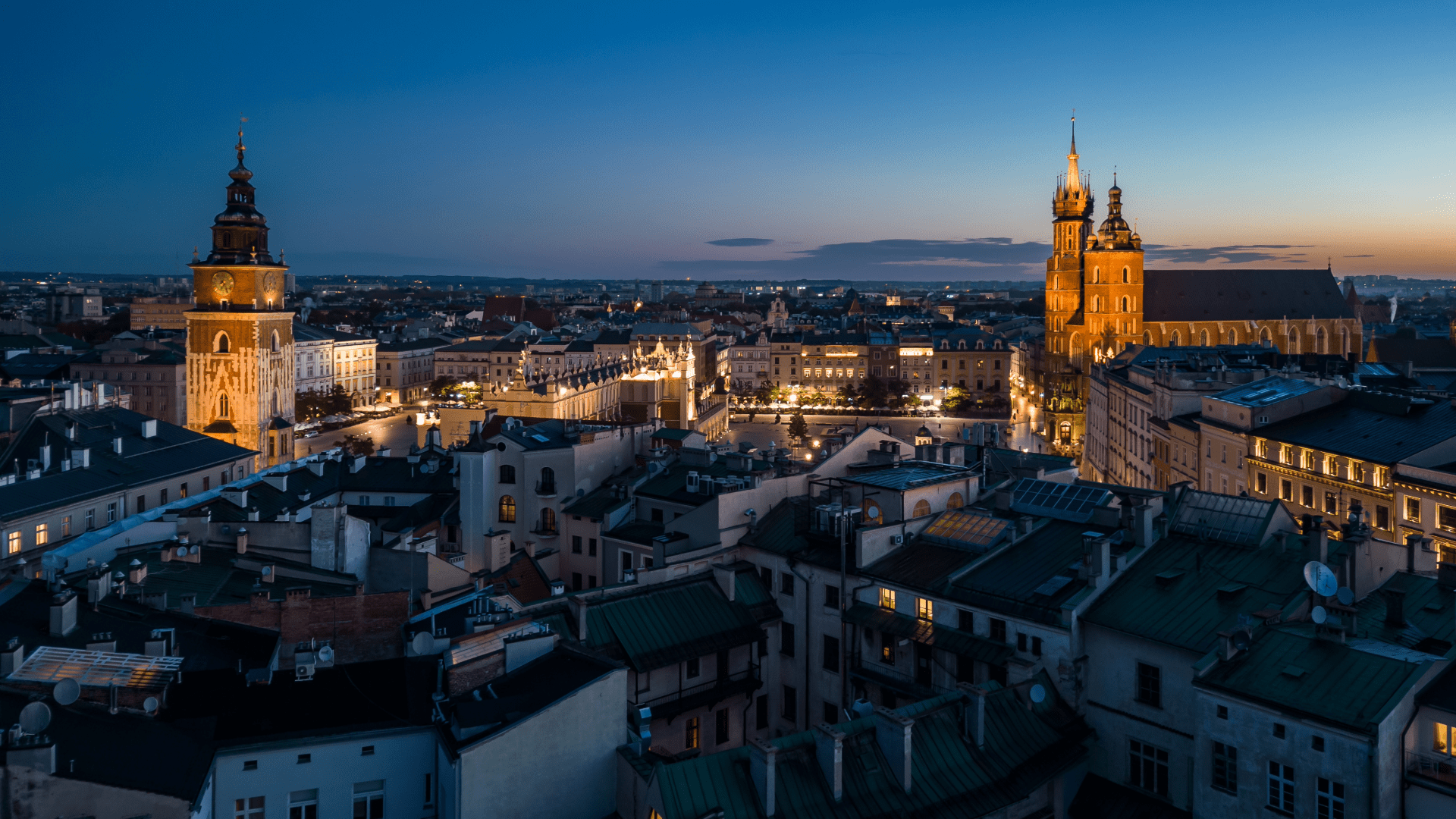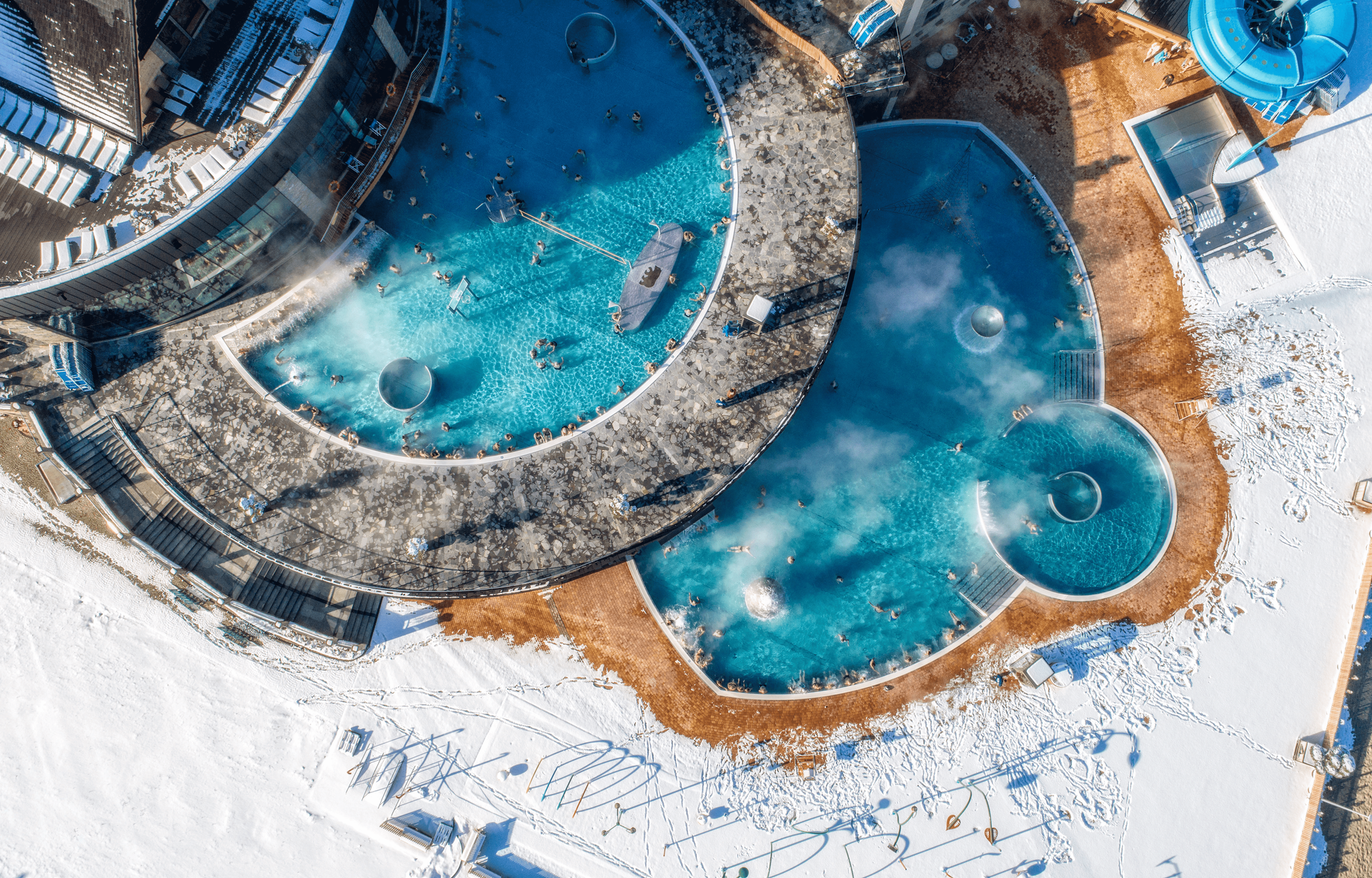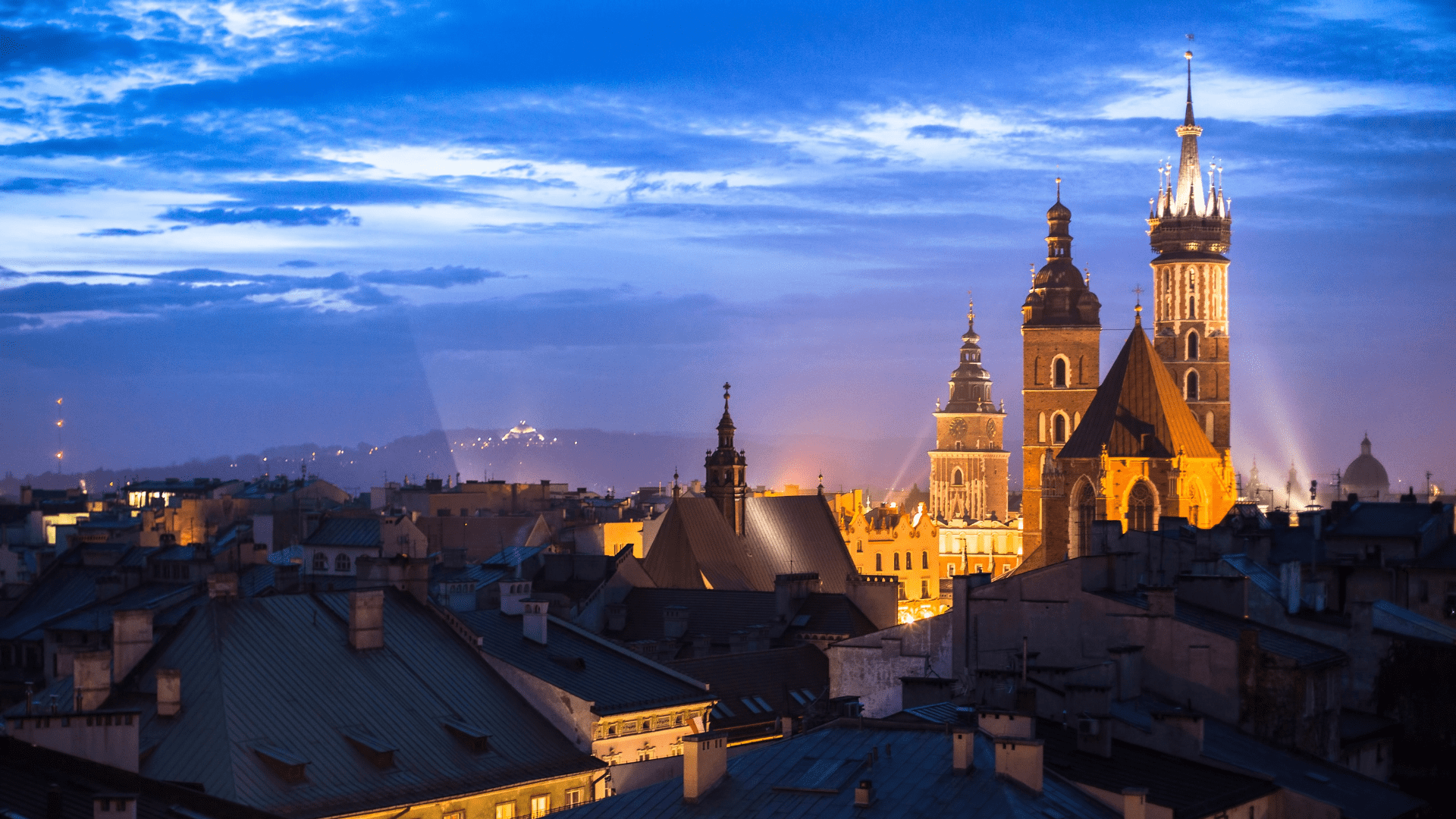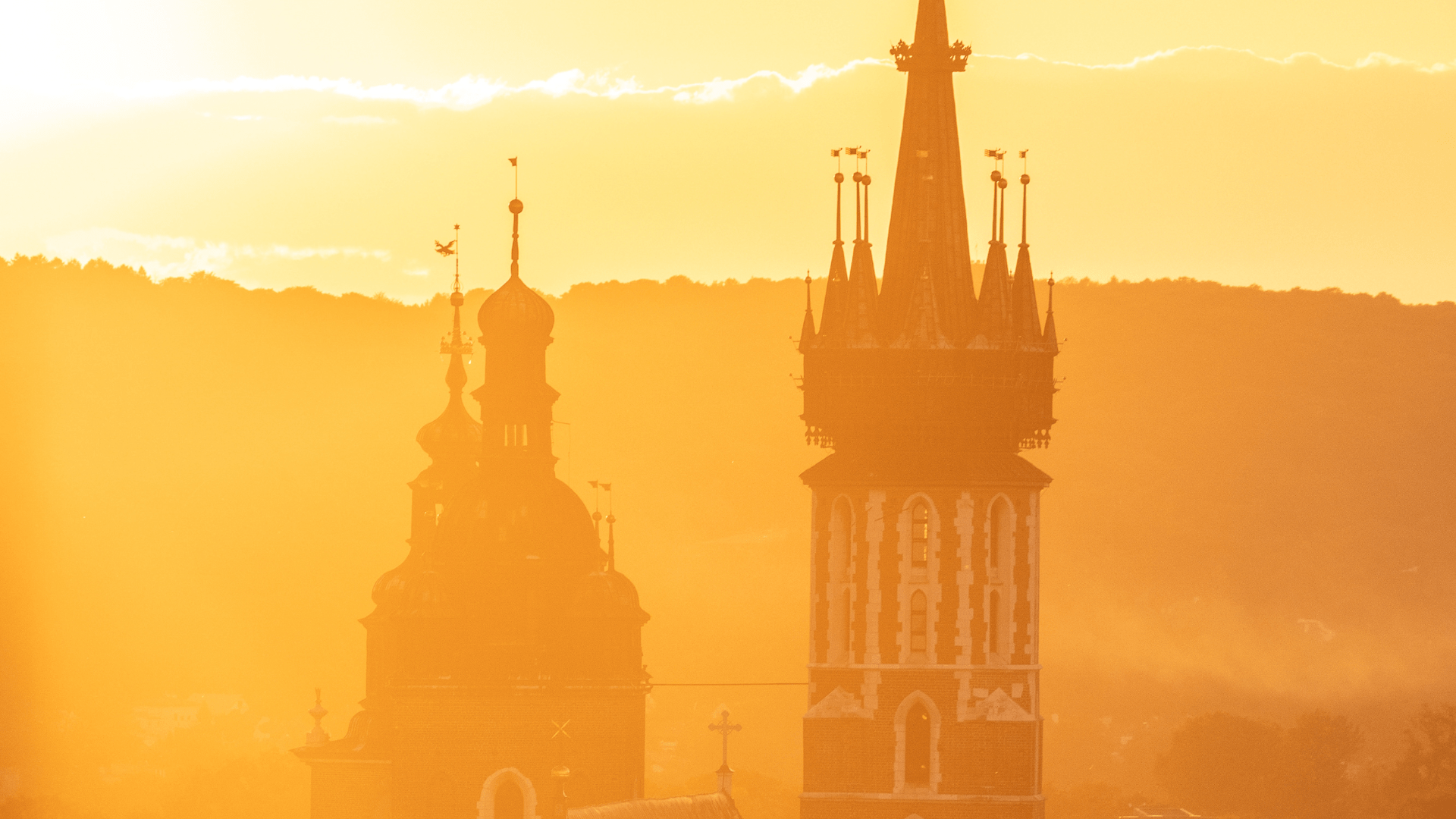Echoes of the Past: Krakow's Kazimierz
Krakow, a city renowned for its historical depth and cultural richness, holds within its fabric the profound and enduring story of its Jewish community. For centuries, Jewish life was a vibrant part of the city's pulse, especially centered in the now-historic district of Kazimierz. Exploring this heritage is an opportunity to connect with layers of history that have shaped Krakow's identity, offering a window into a past marked by growth, influence, and unimaginable tragedy.
Discovering Historic Kazimierz
The Jewish presence in Krakow dates back to the 13th century. By the 14th century, King Casimir the Great established the independent town of Kazimierz (and named it after himself!). He offered protection and privileges that encouraged Jewish settlement. Initially, many Jews still preferred to live in Krakow. By the late 15th century, that began to change. Kazimierz became the primary center of Jewish life. This shift followed rising tensions and expulsions from Krakow.
Kazimierz blossomed into a significant hub of Jewish intellectual and cultural life from the mid-16th century. Due to its substantial Jewish population, it was even known as "Oppidum Judaeorum," meaning "City of the Jews. " Poland was remarkably tolerant compared to other European nations at this time, attracting Jews seeking refuge. This led to the construction of numerous synagogues, schools, and institutions around Szeroka Street.
Did You Know?
The Remuh Synagogue, built in the 16th century, remains an active place of prayer, and the adjacent Remuh Cemetery is one of the oldest Jewish cemeteries in Poland and a pilgrimage site.
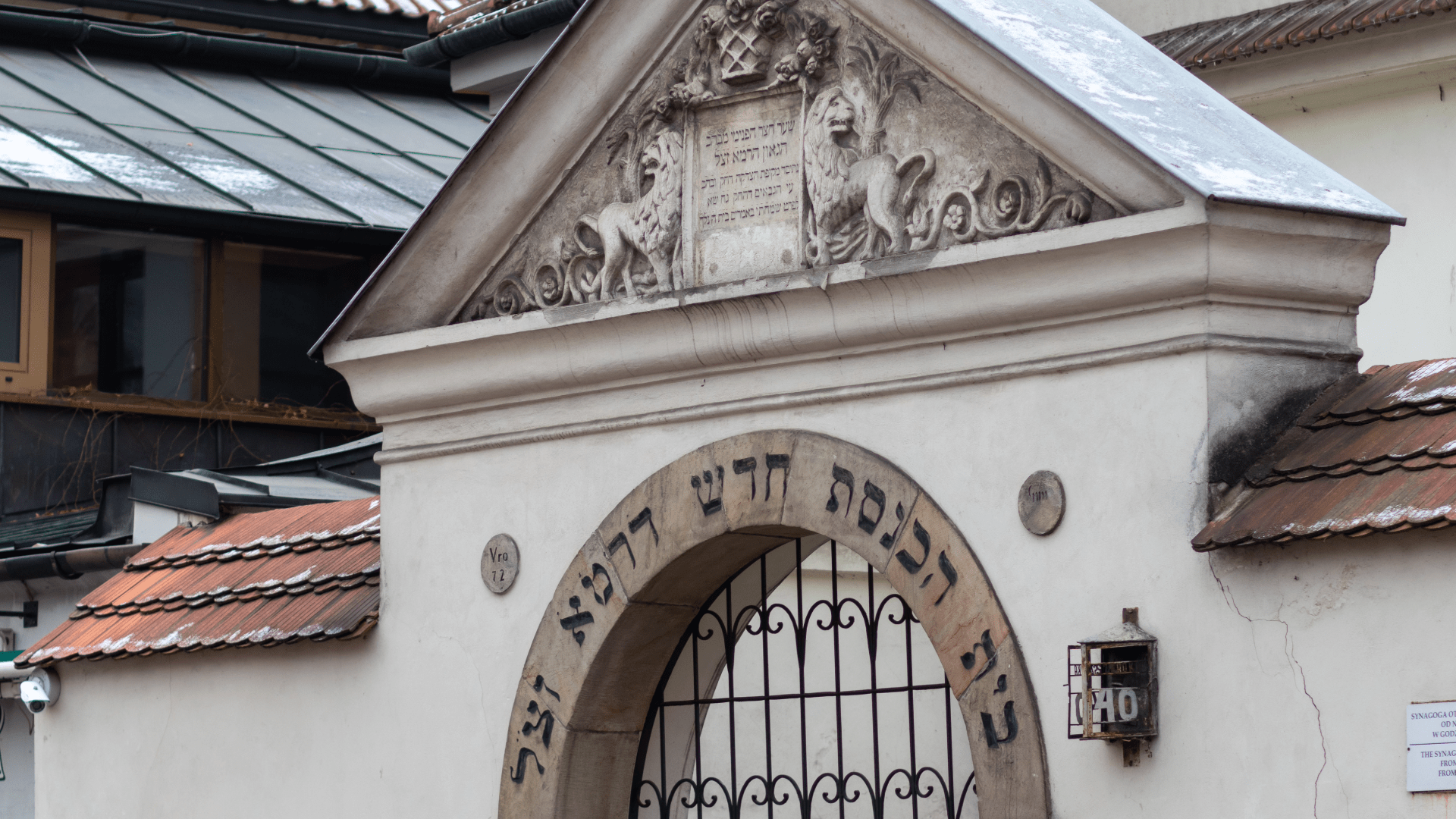
By the turn of the 20th century, Kazimierz remained a vibrant, historically rich area. It was largely inhabited by orthodox Jews. There was some assimilation and movement to other parts of Krakow. Despite this, Kazimierz retained its strong Jewish character. Before World War II, Jews constituted over 25% of Krakow's population. There were an estimated 56,000 to 70,000 Jewish residents in the city. At that time, there were as many as 120 synagogues throughout Krakow.
This thriving community included individuals in diverse professions, from bankers and merchants to doctors and craftsmen.
Bearing Witness to the Past: The Impact of the Holocaust
The German invasion in 1939 brought unimaginable tragedy. The Jewish community was immediately subjected to isolation, exploitation, and persecution. This included forced labor, the establishment of a Jewish Council, mandatory identification with the Star of David, and property registration. Expulsions from Krakow began in 1940, as the Nazi aim was to make Krakow "free of Jews".
In March 1941, the Krakow Ghetto was established in the Podgórze district, south of Kazimierz. Intended for a much smaller population, it became home to 15,000 to 20,000 Jews. Life in the ghetto was marked by severe overcrowding, hunger, disease, and forced labor with starvation-level food rations. The ghetto was sealed off, with some walls tragically shaped like tombstone shapes.
Did You Know?
The empty chairs in Ghetto Heroes Square (Plac Bohaterów Getta) symbolize the tens of thousands of Jews who waited there during selections before being deported to extermination camps.
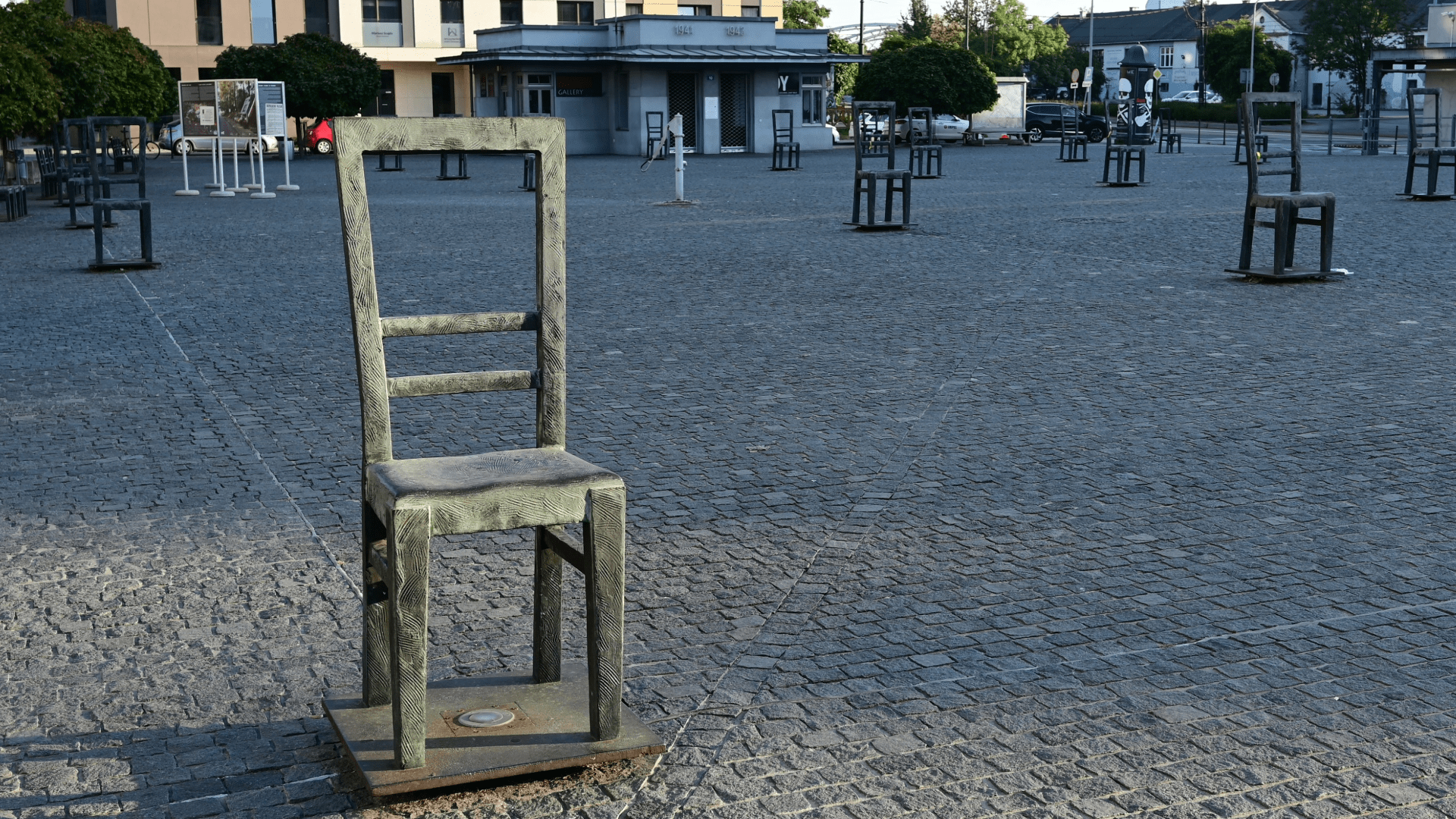
The liquidation of the ghetto in March 1943 resulted in mass murders and deportations to extermination camps like Bełżec and Auschwitz-Birkenau. Out of the pre-war Jewish population of Krakow, only a small fraction survived the Holocaust. The legacy of this period is also tied to Oskar Schindler, a German businessman whose factory in Podgórze employed Jewish laborers from the ghetto. He initially employed Jews for their cheap labor but was moved by their suffering and eventually spent his entire fortune to save their lives. Schindler is credited with saving the lives of nearly 1,200 Jews.
Experiencing Modern Jewish Culture: Kazimierz Reborn
Following the war, the Jewish community in Krakow was drastically reduced. However, in recent decades, particularly since the fall of communism and the increased awareness brought by "Schindler's List," Kazimierz has experienced a significant revival. Today, Kazimierz is a dynamic district that actively preserves and celebrates its Jewish history and culture. It is considered one of the best-preserved Jewish quarters in Poland and Europe listed as a UNESCO World Heritage site.
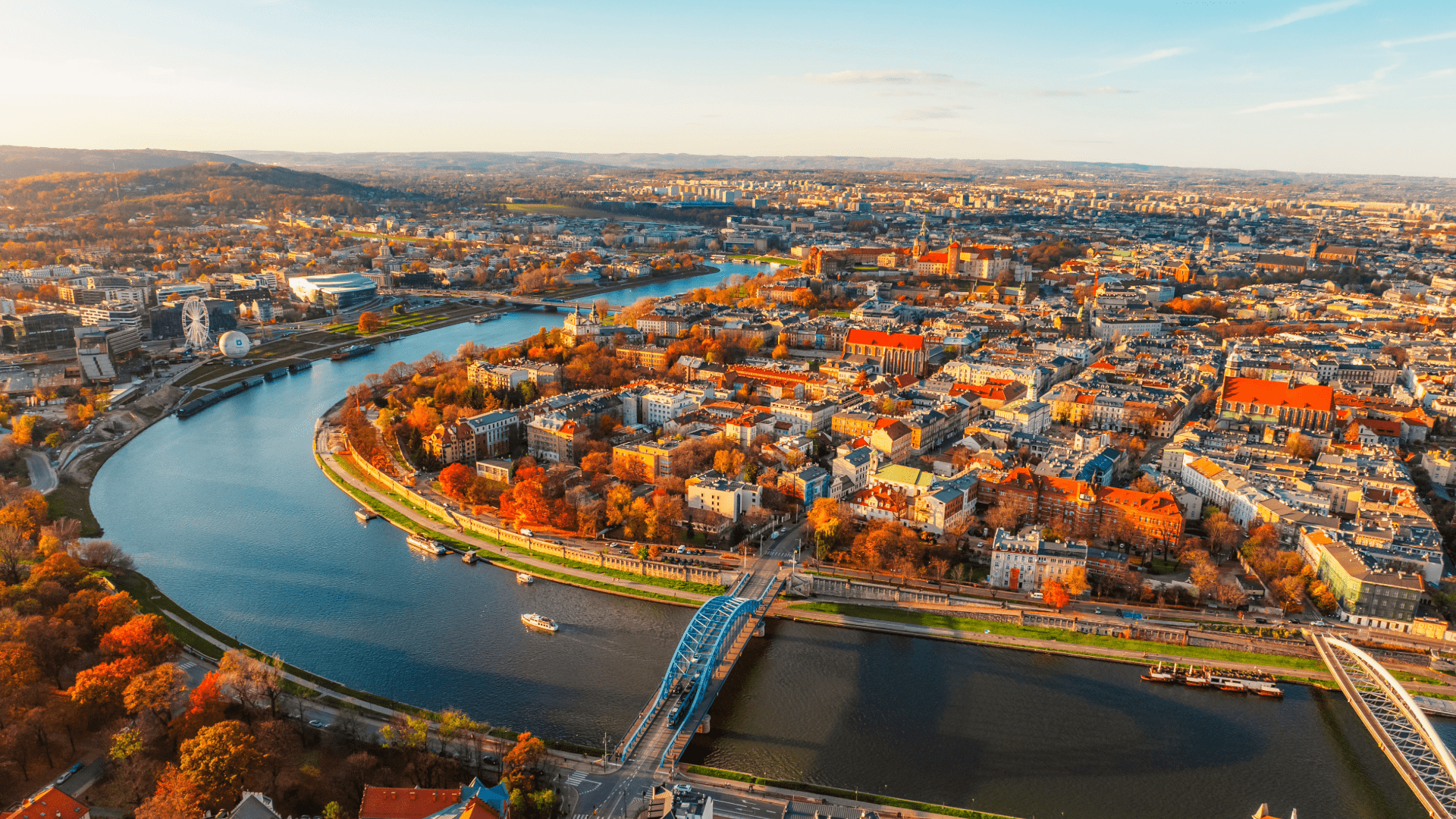
Visitors can explore the remaining historic synagogues, including the Old Synagogue (now a museum) and the active Remuh Synagogue. The Remuh Cemetery and the New Jewish Cemetery serve as important places of remembrance. Museums like the Galicia Jewish Museum offer further insight into the history and culture of Jews in the region. Schindler's Factory is also a key site, providing a powerful look at life in Krakow under Nazi occupation.
The district is alive with cultural activity, most notably the annual Jewish Culture Festival, the largest of its kind in Europe, celebrating Jewish music, art, and traditions. Kazimierz has also become a fashionable district known for its restaurants and cafes, many offering traditional Jewish cuisine. Plac Nowy, once a market square, is now a popular spot for food and nightlife.
Tourism plays a vital role in Kazimierz today, with countless visitors exploring its historic streets, synagogues, and museums. While the contemporary Jewish community is much smaller than its pre-war size, its heritage is actively maintained and celebrated.
Plan Your Visit to Krakow's Jewish Heritage
Krakow's Jewish Quarter, Kazimierz, offers a compelling and moving experience. It connects visitors to centuries of rich Jewish history. It also reflects the profound impact of the Holocaust. Today, Kazimierz showcases a vibrant cultural rebirth.
Discover the echoes of the past and the vibrancy of the present in Kazimierz. Contact Hello Cracow to arrange your insightful journey.
